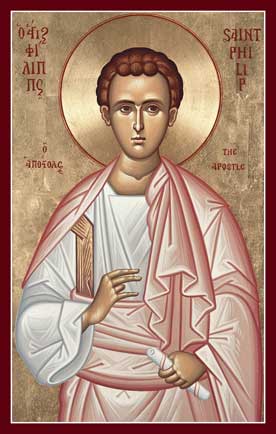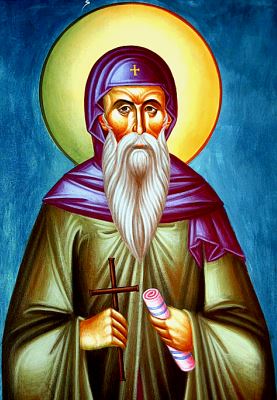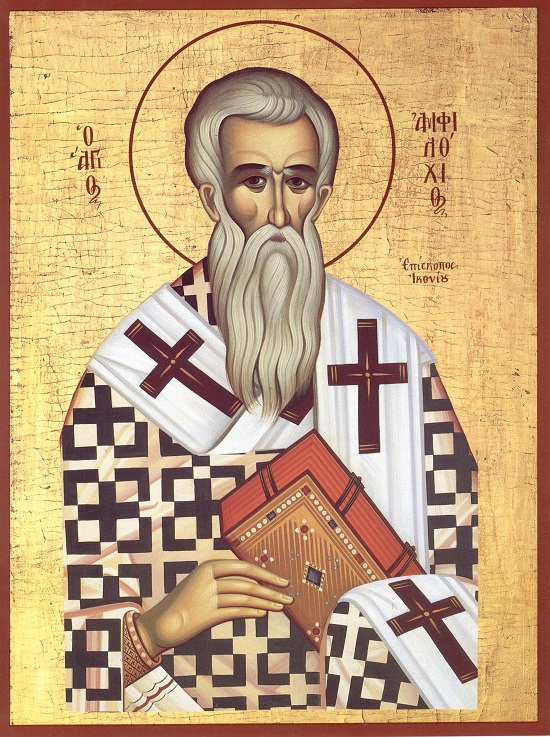
Saint John was born in 555 on the island of Cyprus in the city of Amathus; his father, Epiphanius, was a ruler of Cyprus. The Saint was consecrated Archbishop of Alexandria in 608. A man of exemplary uprightness, in his zeal for Orthodoxy he strove mightily to fight the many heresies among the Christians in Egypt; but above all, he was famous for his singular generosity, humility, and sympathy towards all, especially the poor. His mercy was so great that the report of it reached the Persian invaders of Jerusalem, who desired to see him because of it. Saint John reposed in 619, at the age of sixty-four.
Apolytikion in the Plagal of the Fourth Tone
In patiently enduring, you obtained your reward, O venerable father. You persevered in your prayers without ceasing; and you loved the impoverished and you satisfied them. We entreat you, intercede with Christ God, O blessed John the Merciful, for the salvation of our souls.
Kontakion in the Second Tone
Thy riches and wealth didst thou disperse unto the poor; thou now hast received the Heavens' riches in return. For this cause, O all-wise John, we all honour thee with our songs of praise as we keep thy memorial, O namesake of almsgiving and of mercy.
Source: "Greek Orthodox Archdiocese of America"








